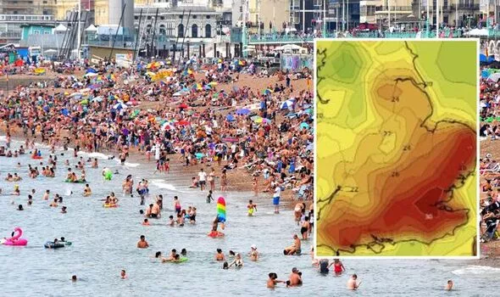I am writing a short series on sun-protection measures because if the the above bikini clad photo is anything to go by, folks need to be reminded why and how they need to protect their skin.
And I get it: I am (intrinsically) a Londoner (and aspirational New Yorker). Summer in London has always been rainy, miserable and an excuse to see grown men in socks and sandals.
Not anymore: thanking you global warming for the 40C+ temperatures in the UK.
And fyi, I now live in a country where for half a year, the outside temperature is 40C, so I know what I’m talking about.
There are two main reasons why you need to take additional steps to protect your skin during a heatwave.
Reason one: the risk of cancer and photodamage increases
These are risks associated with over-exposure to UVA and UVB
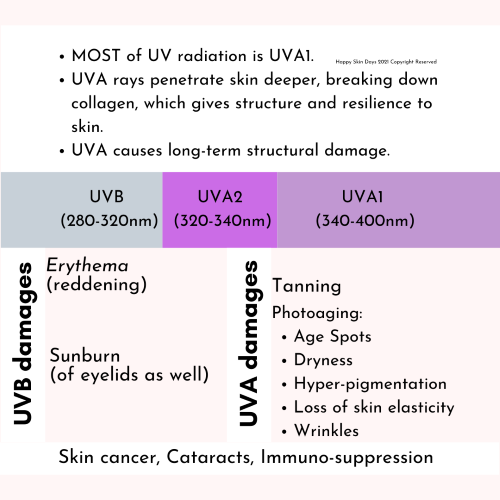
Sun burn (or inflammation of the skin) resulting from reddening of the skin (erythema) is mainly caused by UVB. UVB is also mainly responsible for skin cancer: its recognized as a carcinogen. (A US government agency, the National Toxicology Program identifies other carcinogens as well)
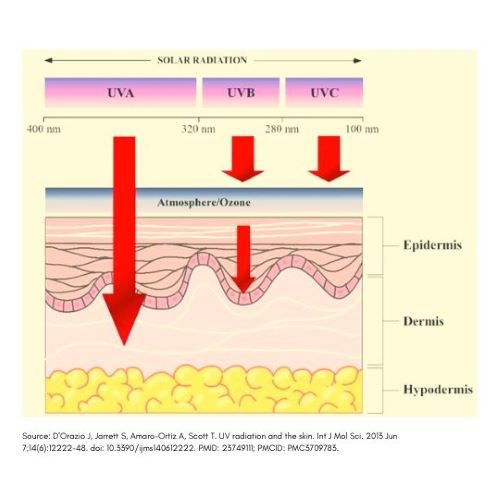
UVA also contributes to risk of skin cancer, but UVA is primarily responsible for premature ageing (or photoaging), through generation of Reactive Oxygen Species (ROS), which essentially causes the breakdown of collagen in our skin.
Collagen is what gives skin its structure and resilience.
The bulk of our collagen sits in the second layer of the skin – the dermis – and as you can see UVA easily penetrates this layer.
Other indicators of premature ageing are hyperpigmentation, wrinkle and loss of skin elasticity and so on.
UVA is also one of the main causes of hyperpigmentation that Asians so hate.
Intensity and duration of exposure matter
The intensity of UV radiation increases:
- When there is no cloud cover,
- With limited pollution and
- When (e.g.) you are in water, because the radiation reflects back onto you.
The duration you spend outside also magnifies the above risks. Period. If you normal spend an hour a day outside and then switch to 8 hours/day in 35C, you are simply increase UV exposure. (Click here to read more about factors contributing to the intensity of UV radiation).
Reason two: preserving your skin barrier
The second reason to protect your skin during a 40C heatwave is to avoid dry skin.
This is what a soft and supple skin barrier looks like:
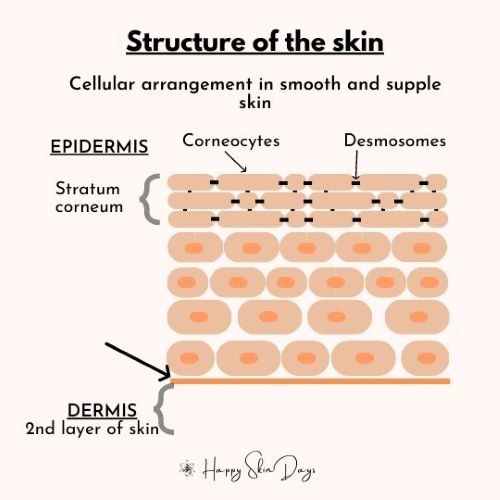
Our skin keeps hydrated by a number of mechanisms but one of the most important ways in which the skin keeps moist (or soft and supple) is by regulating water loss (called trans-epidermal water loss).
Please read this blog if you want the geek-version on how else the skin keeps itself hydrated
A heatwave can and will cause dry skin
One of the mechanisms your body keeps cool is by sweating. Over-exposure to a heatwave will cause dry skin, which looks like this:
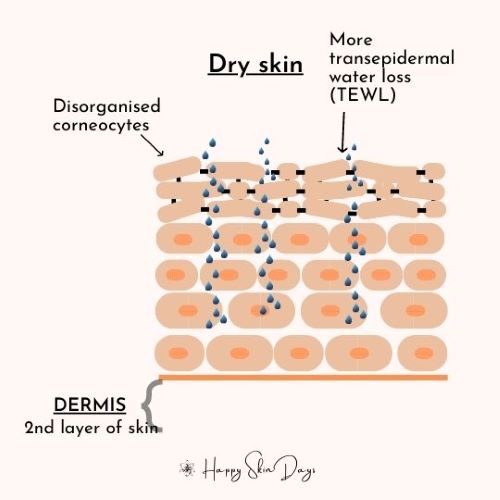
Why is dry skin so bad?
One of the primary things that happens is your skin starts to lose More water (that is, the rate of trans-epidermal water loss increases).
Dry skin is essentially more irritated, tighter, rough and scalier.
At a cellular level, less water in your skin has serious consequences, such as:
- Your more prone to infection because the corneocytes are not arranged in a flattened structure
- pH of your skin is affected
- Enzymes need adequate levels of water to function, including those responsible for causing dead cells to loosen from the skin.
- Many actives that you use are in fact pH dependent. If your skin is at the wrong pH then the actives are not going to work
My view?
Whenever I speak to someone about their skin and they tell me that dry skin is one of their issues: I will be honest with you – it sends chills down my spin because dry skin is difficult to fix, especially with age.
My view is do everything necessary to prevent your skin from becoming dry during a heatwave
